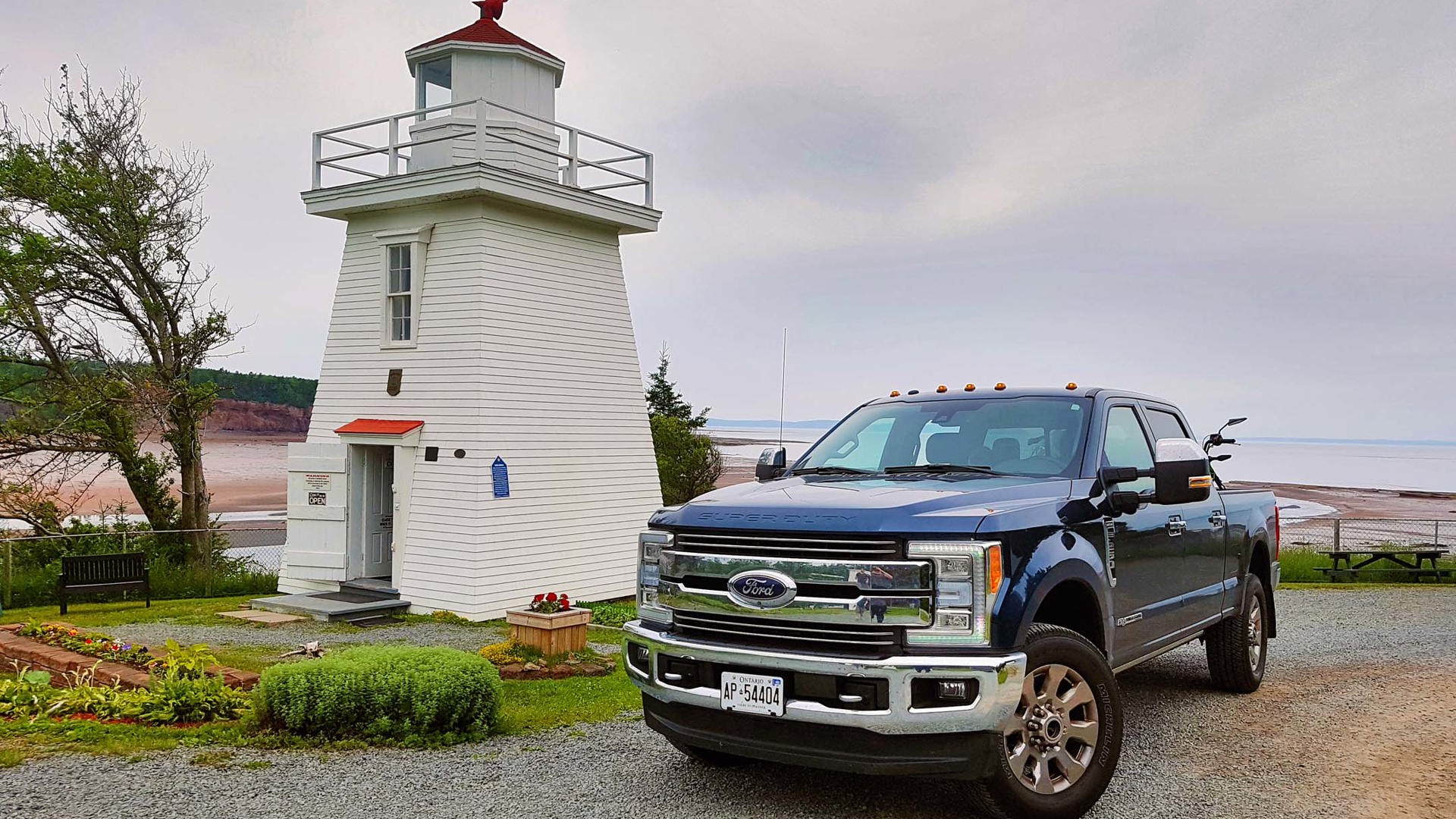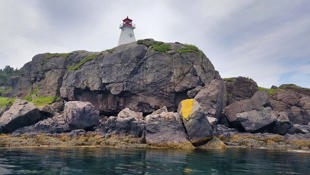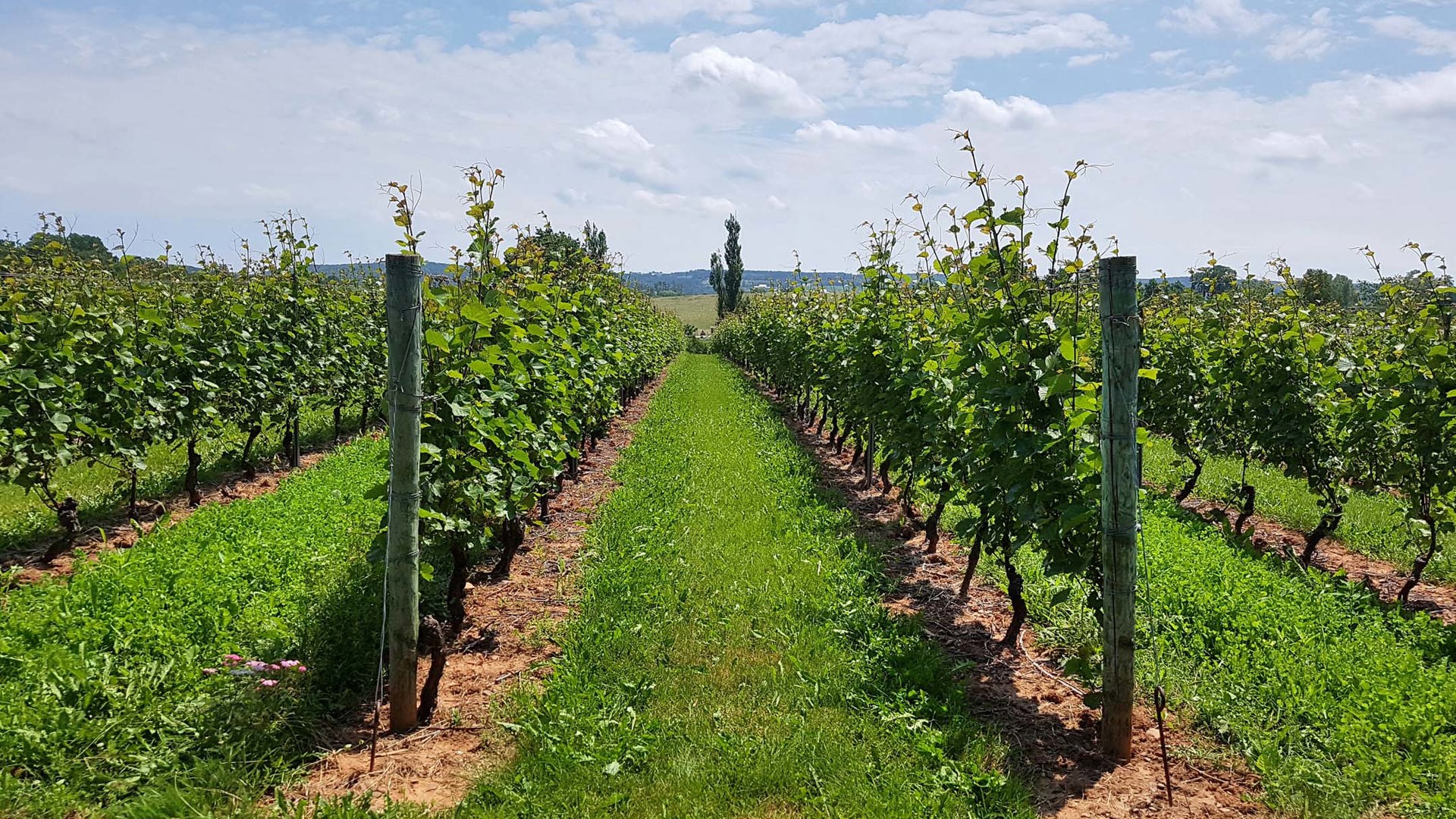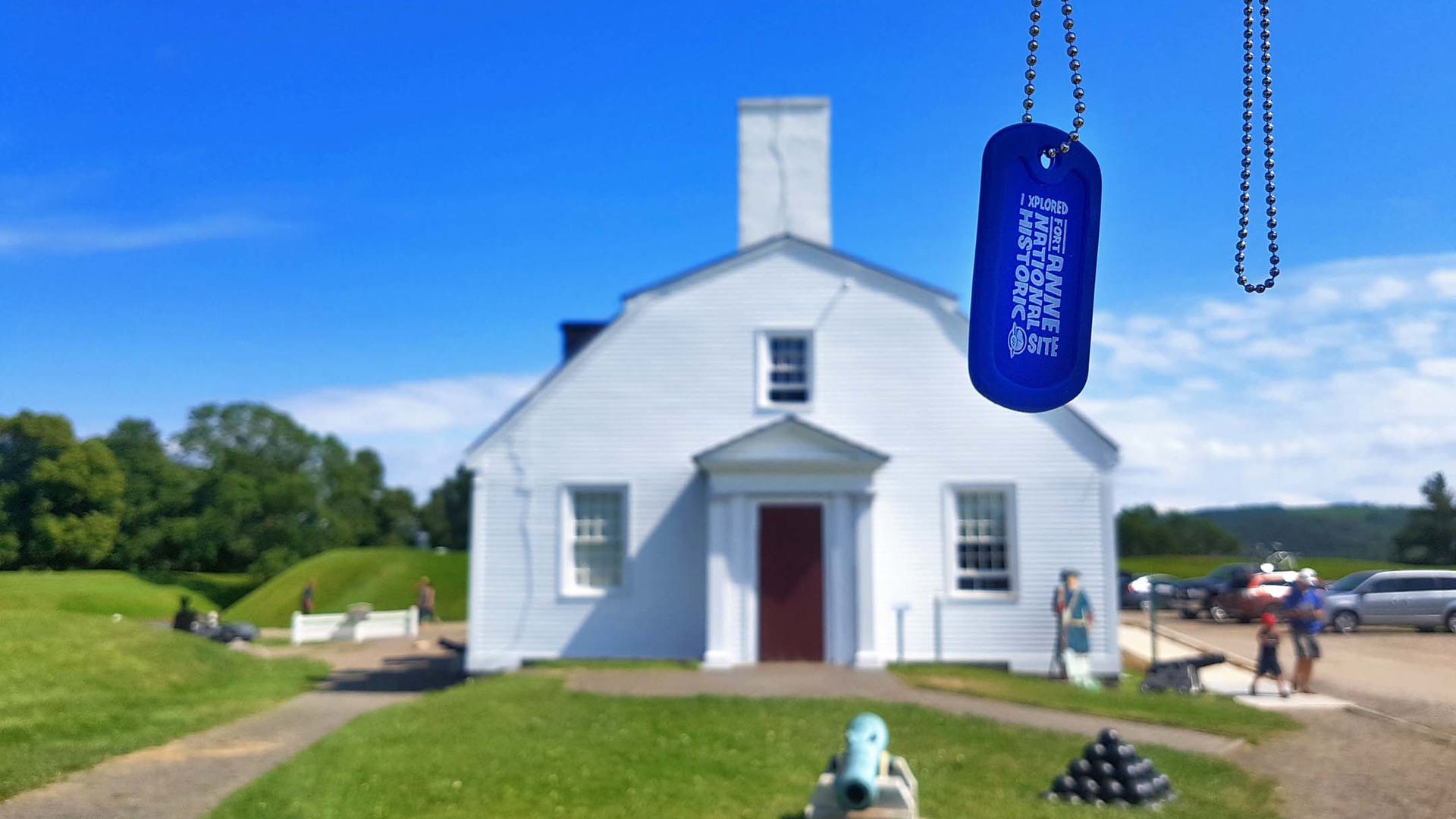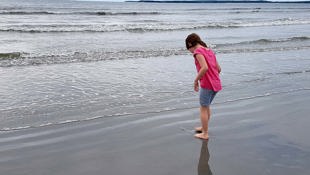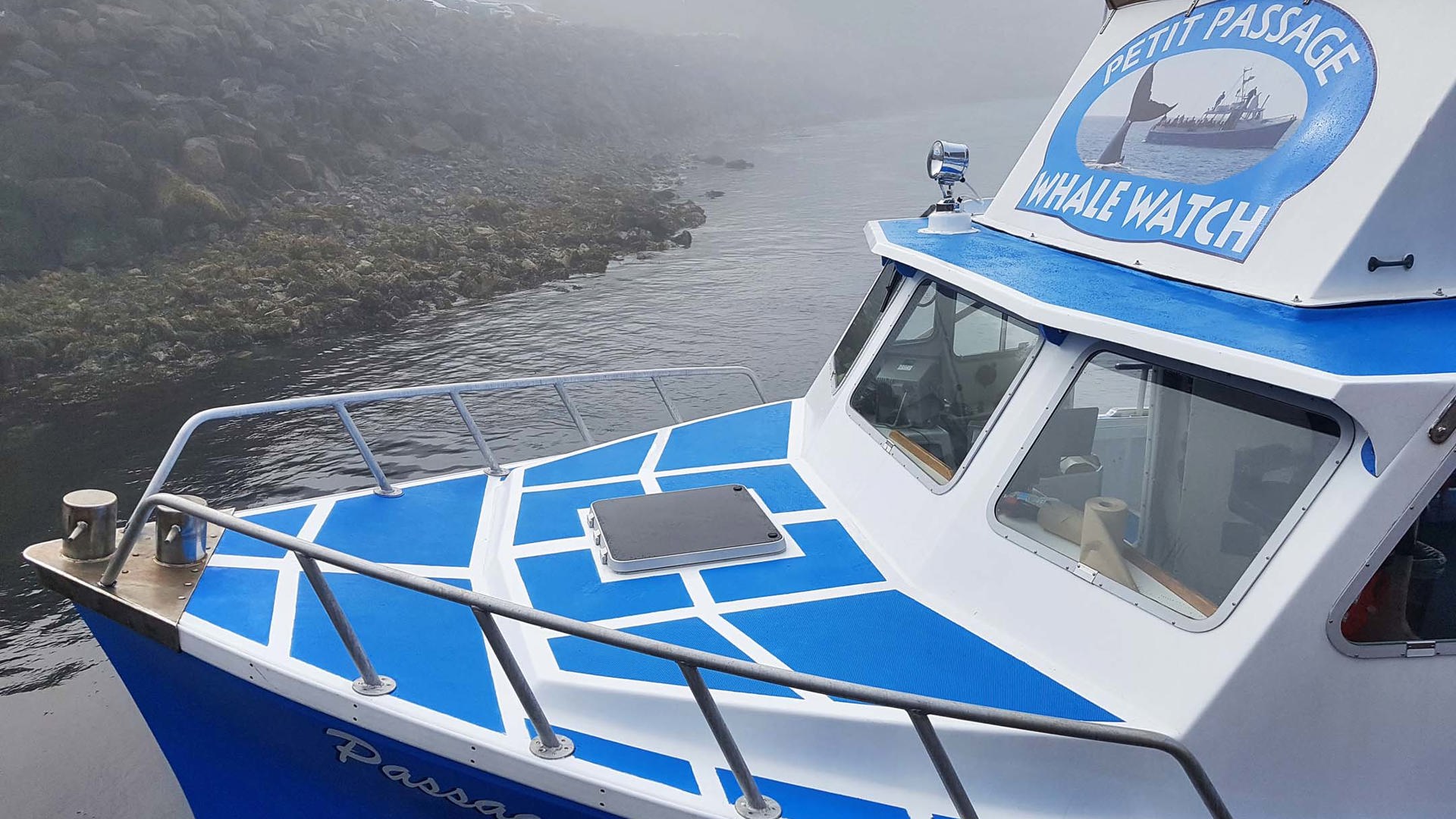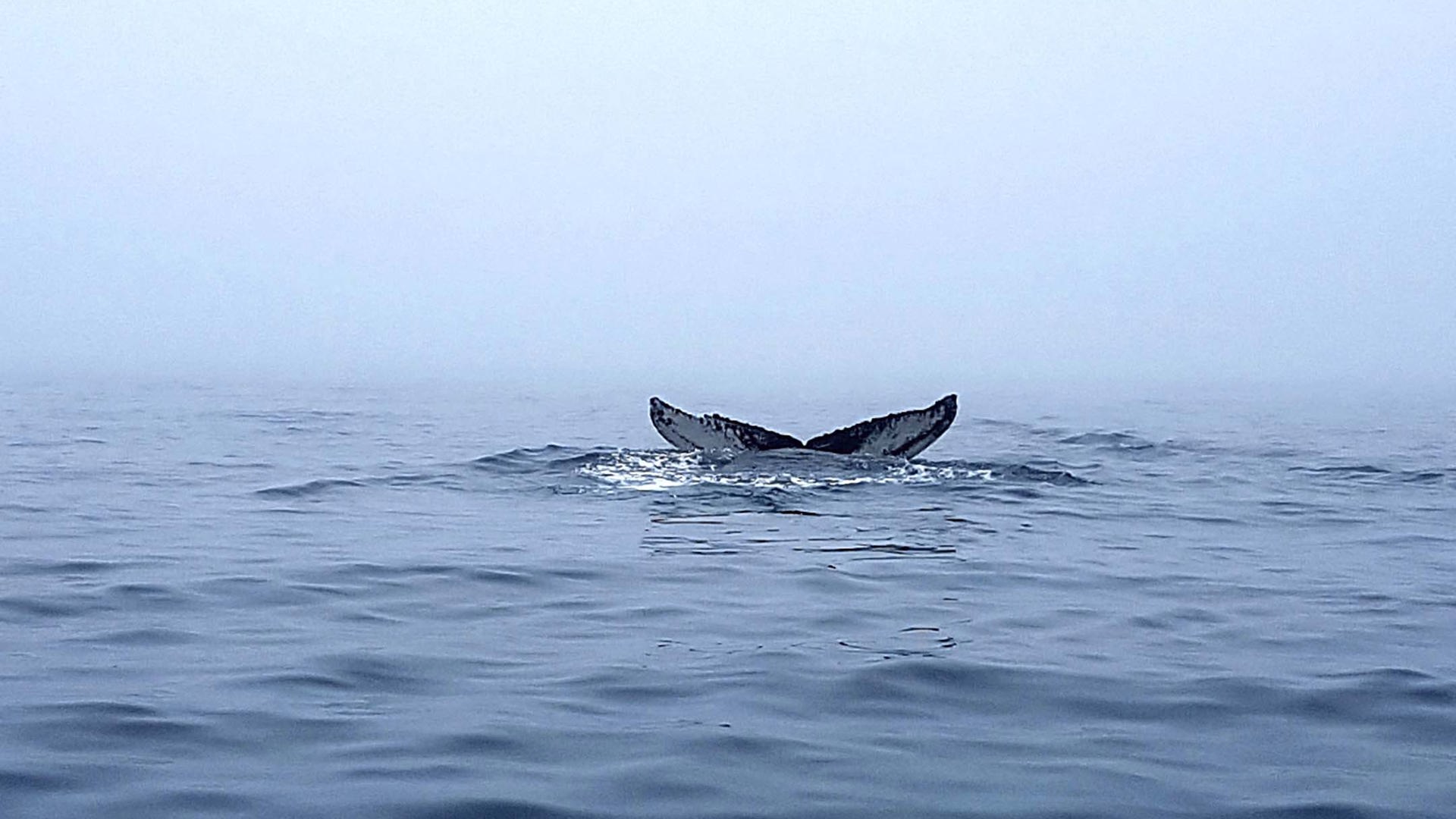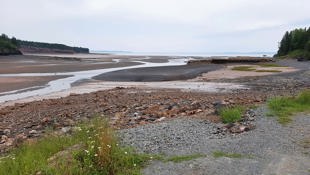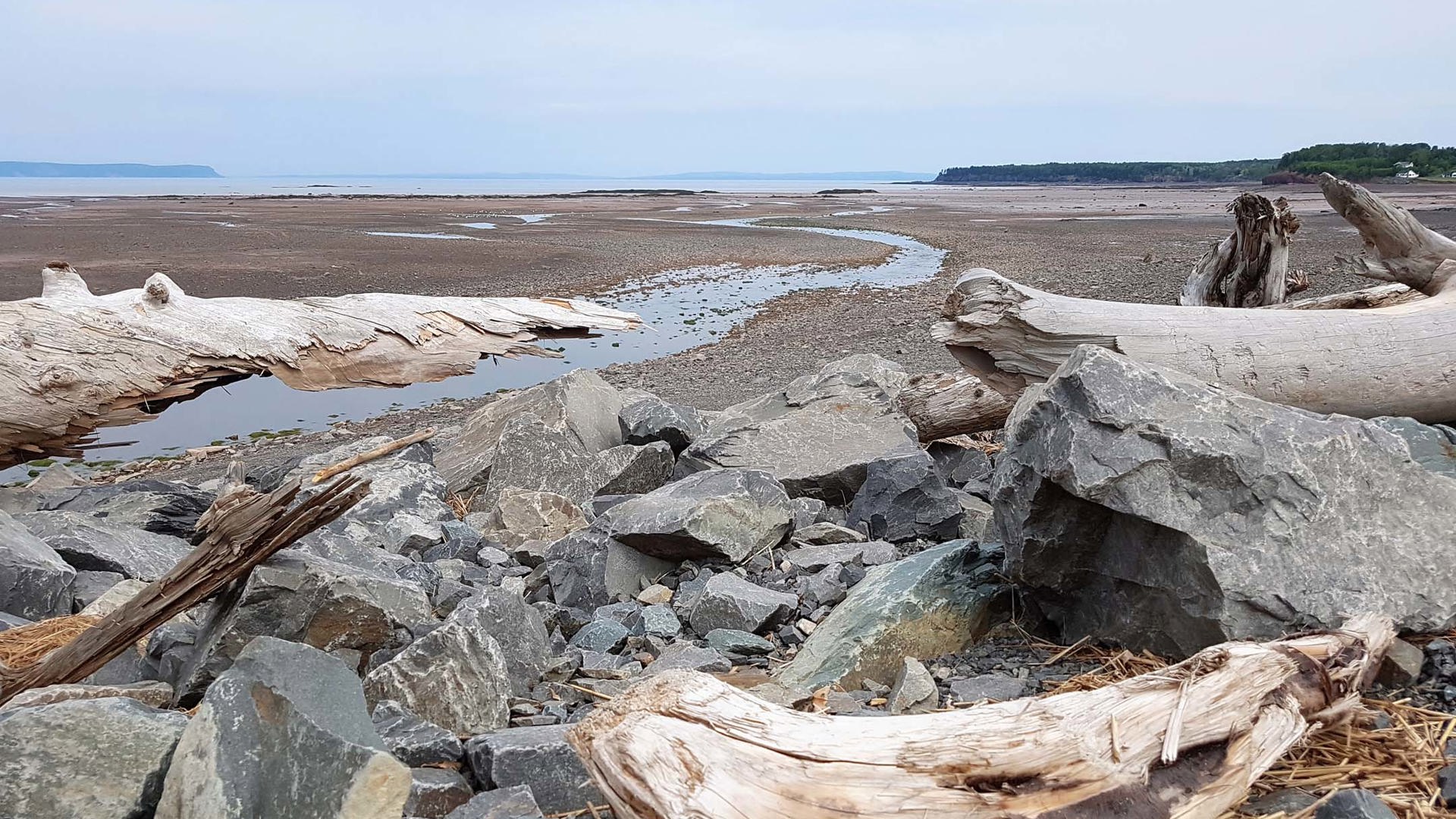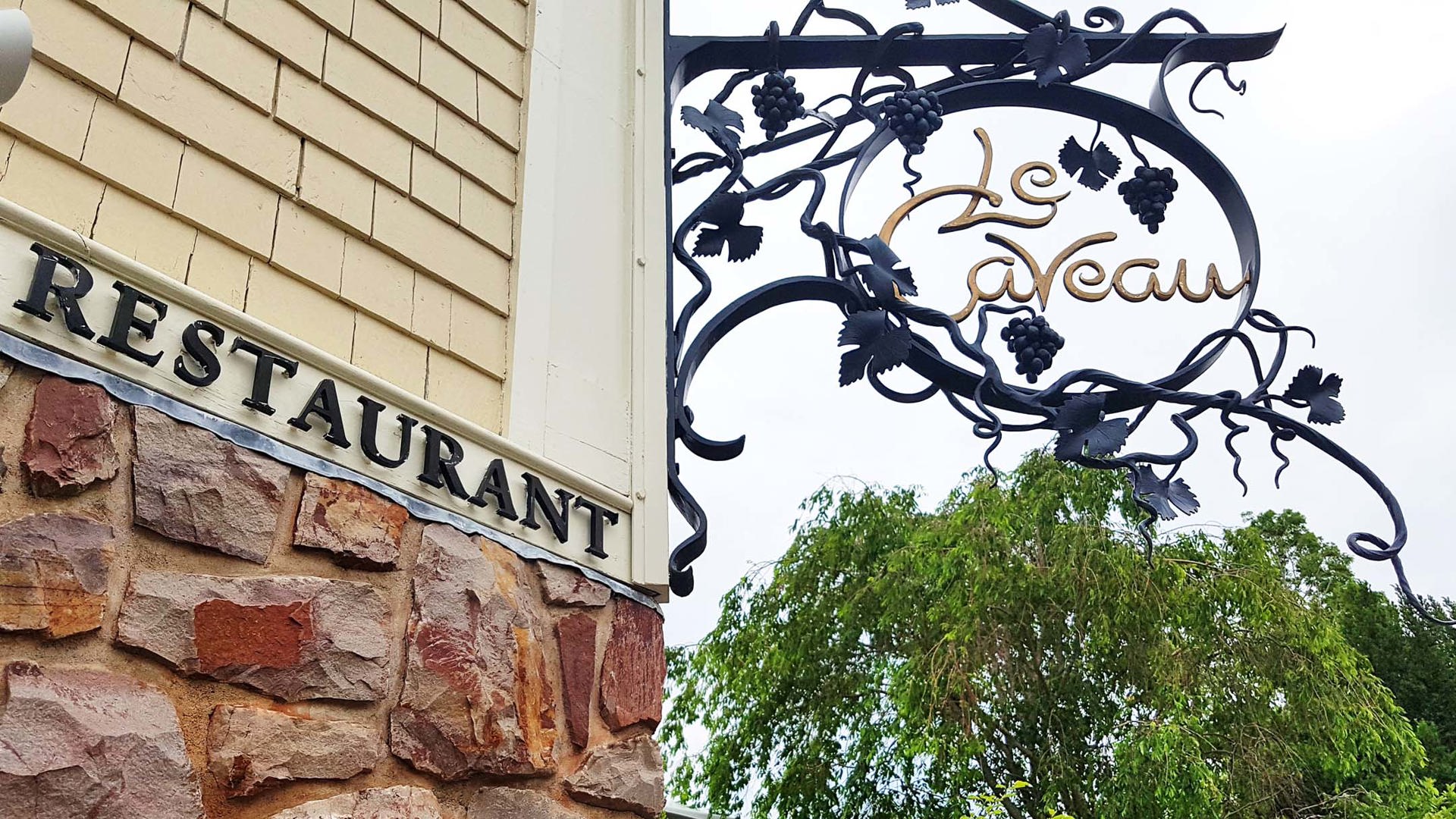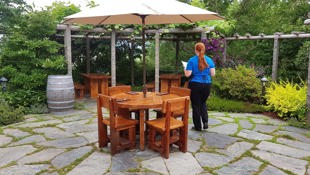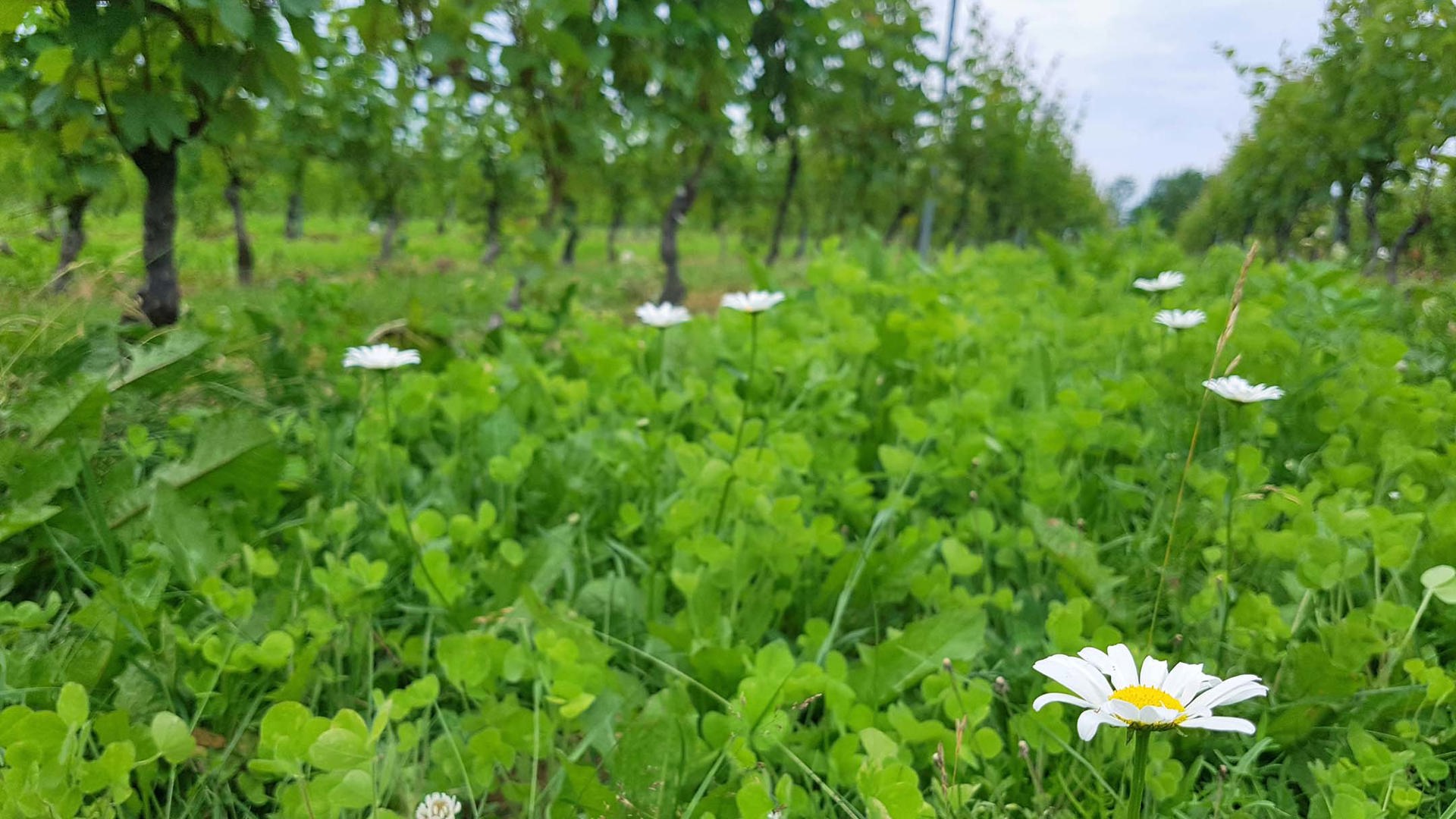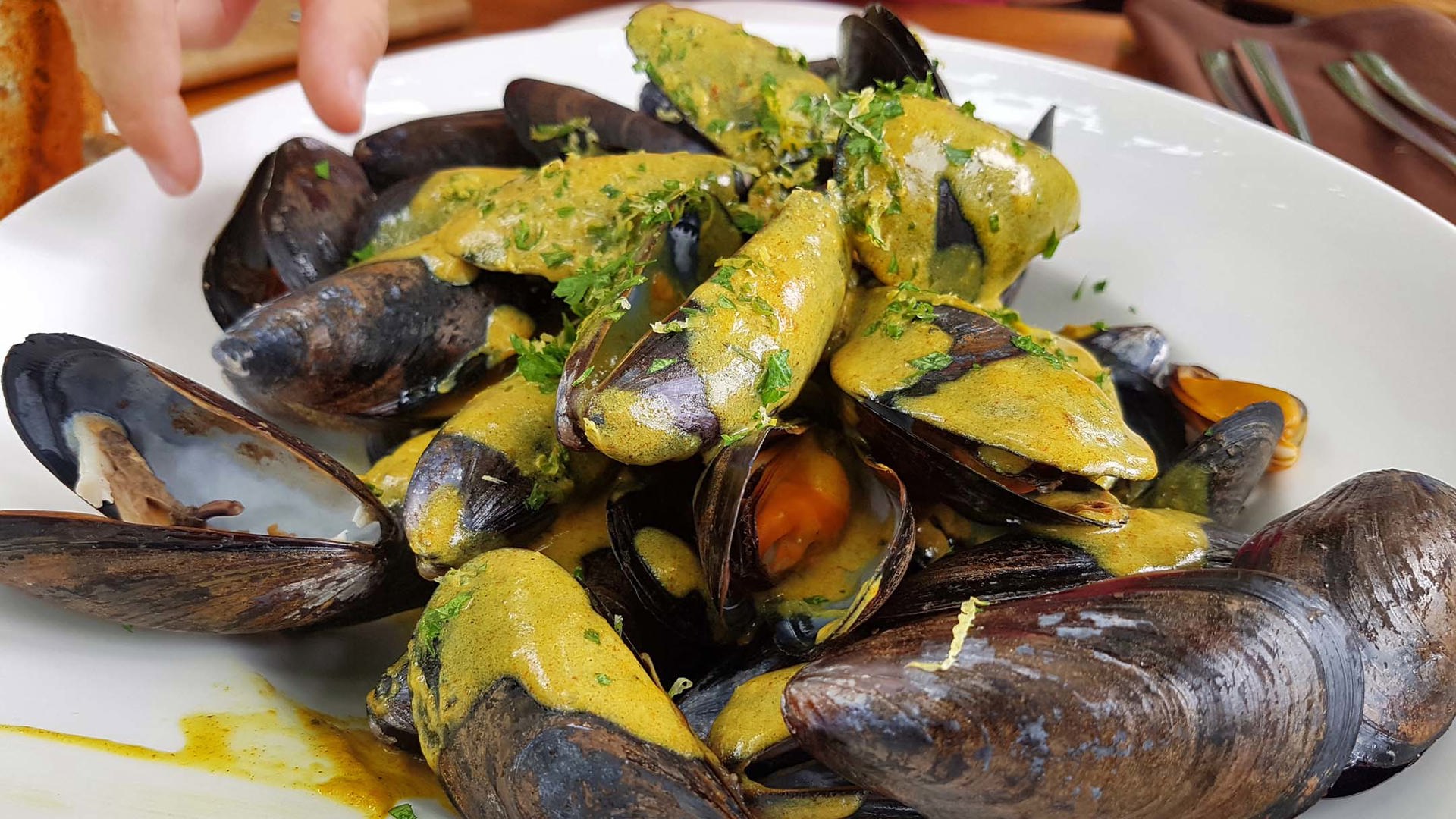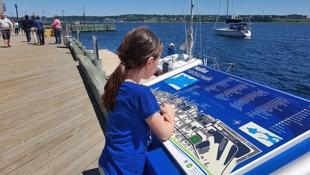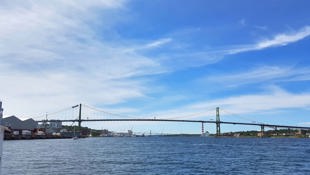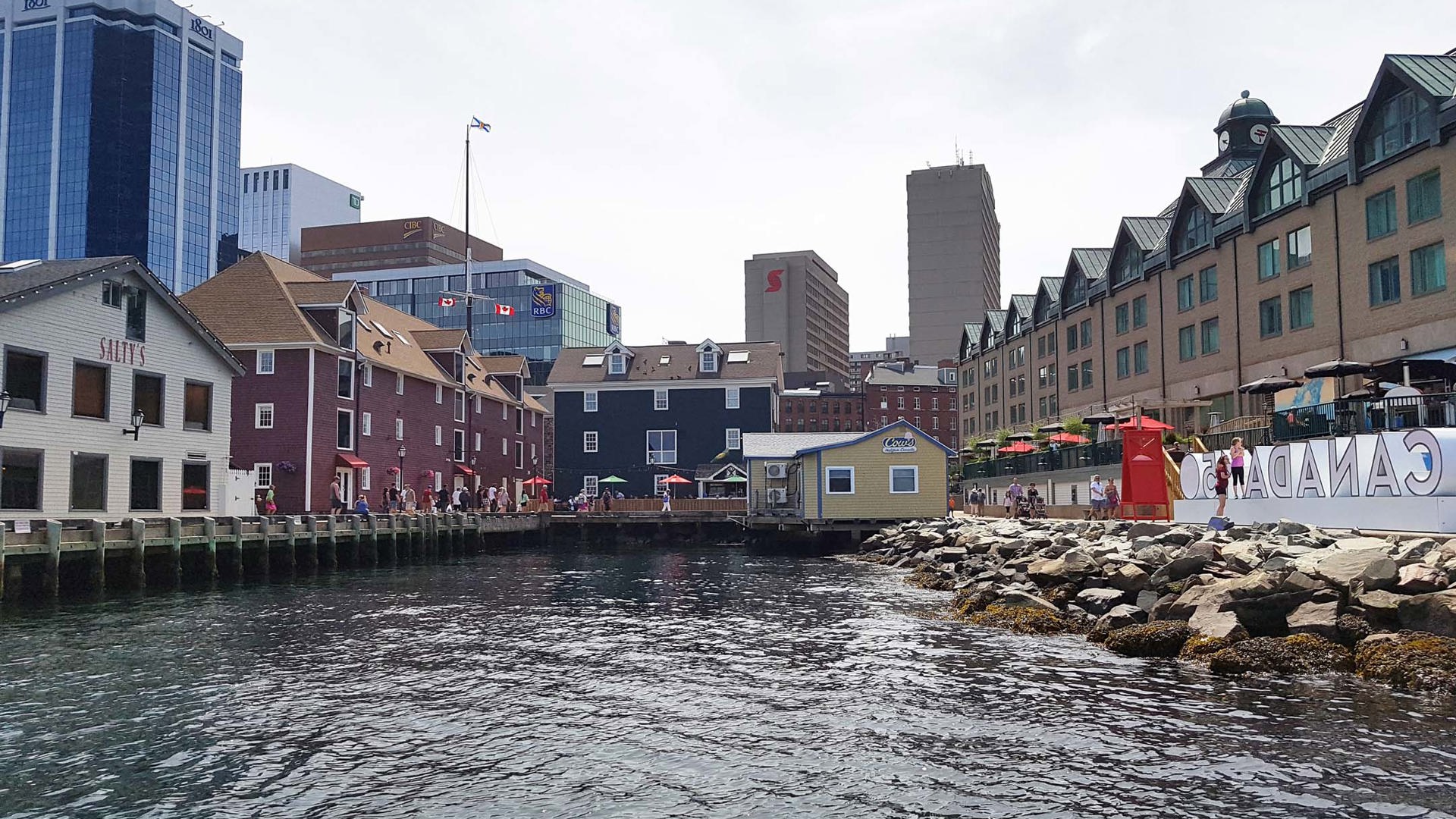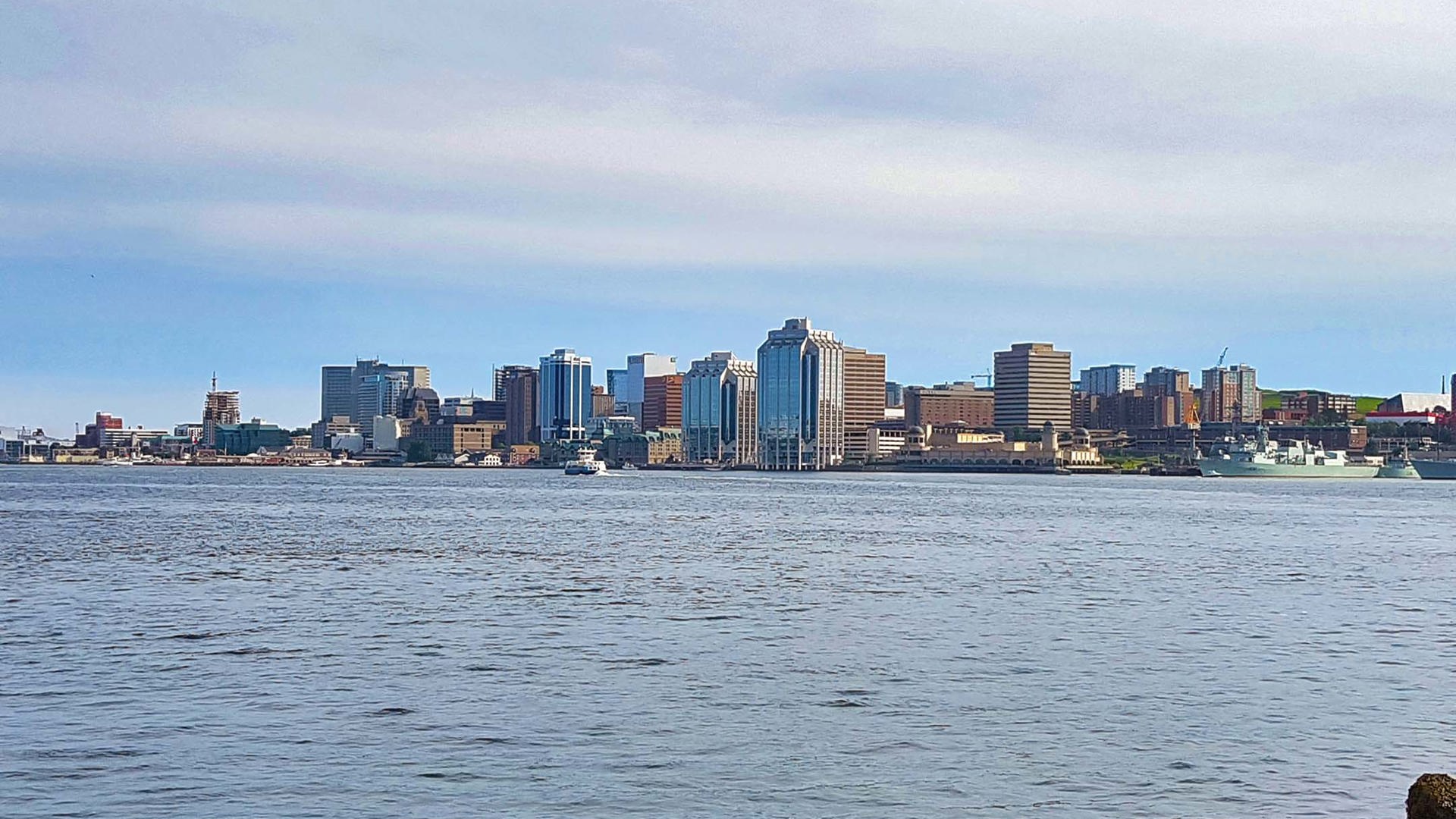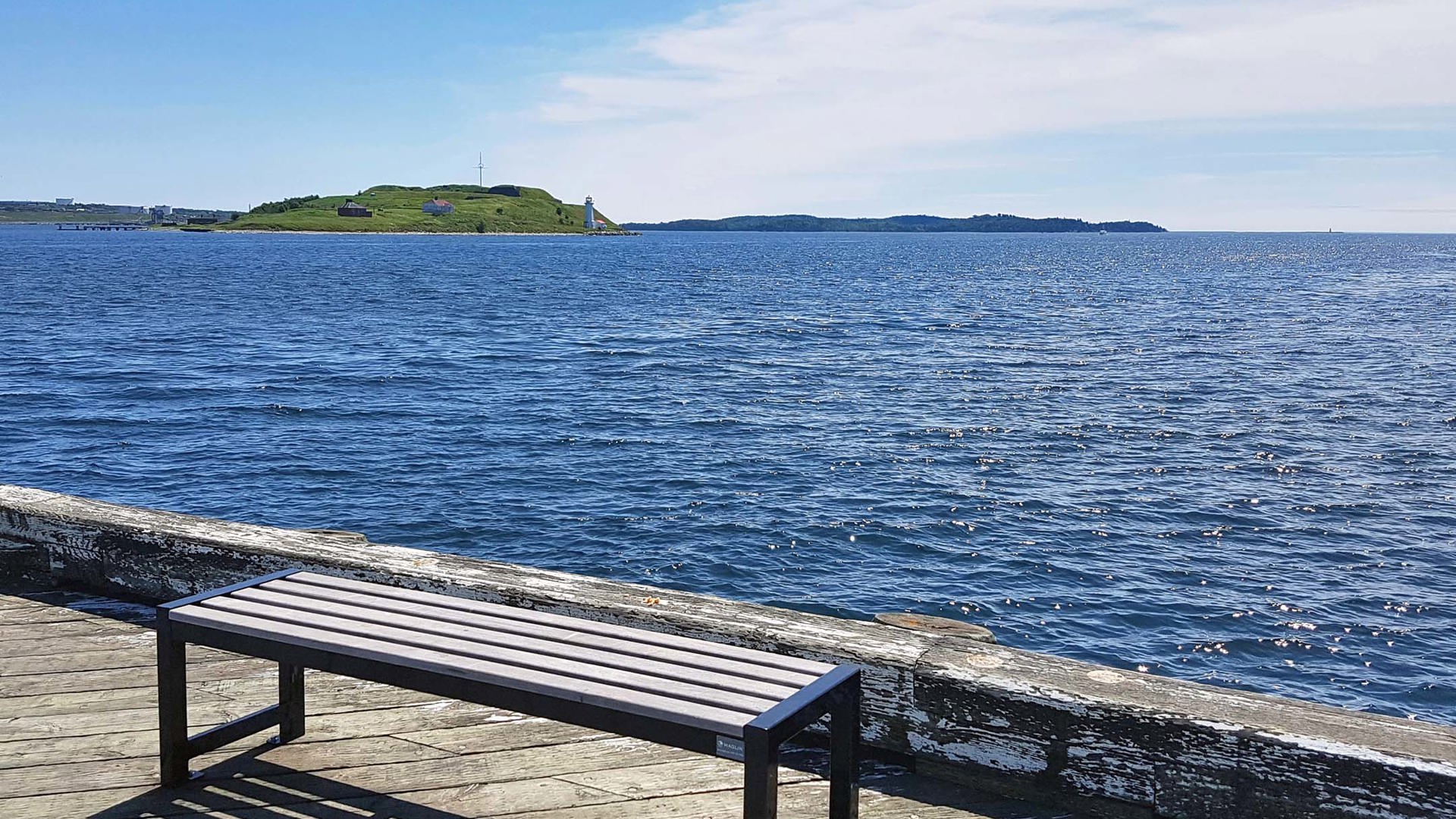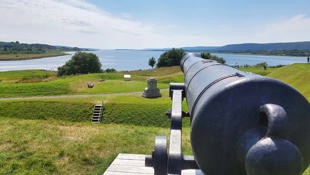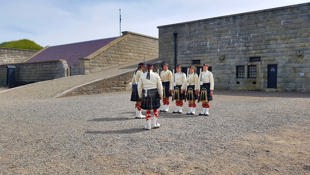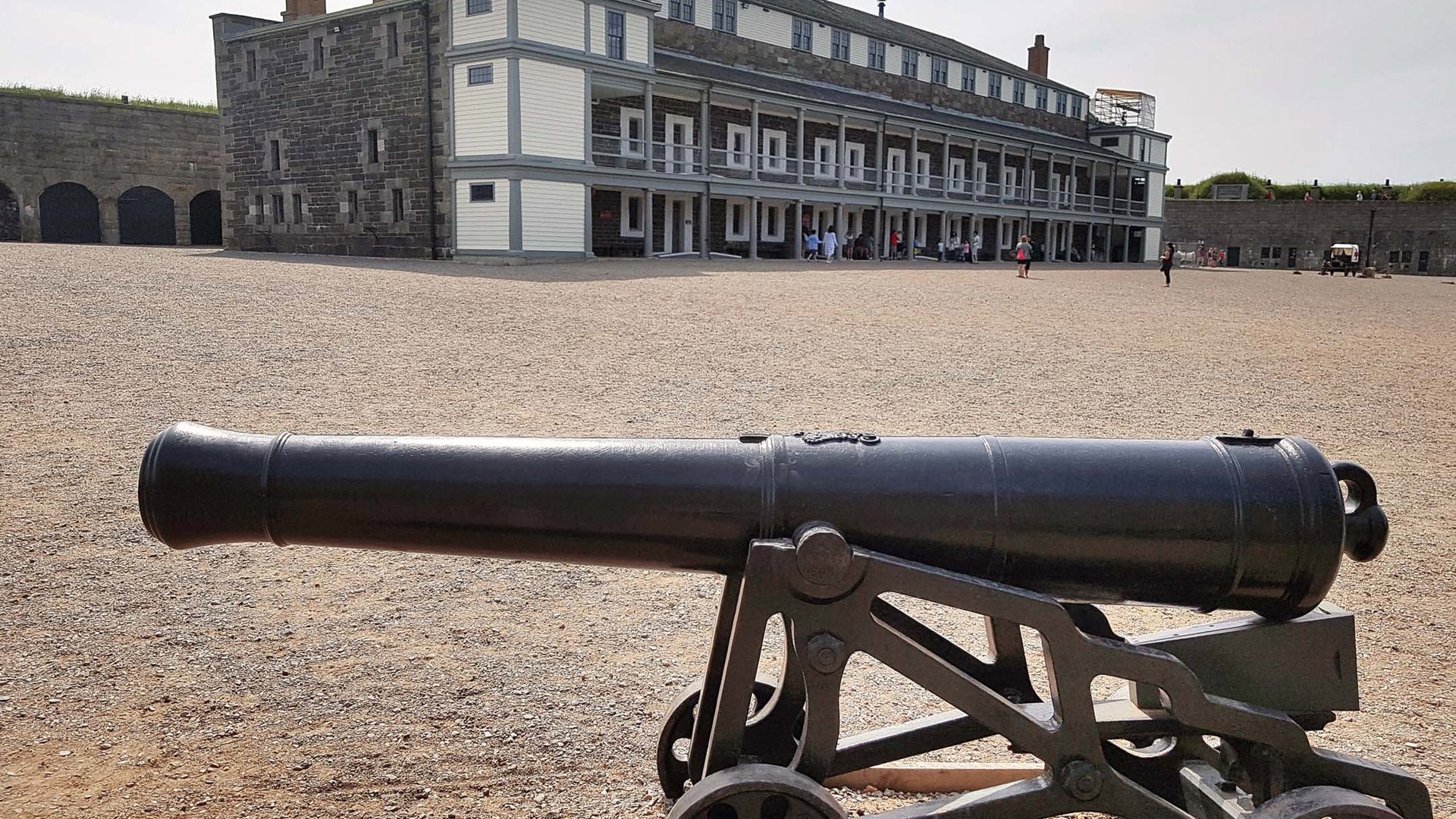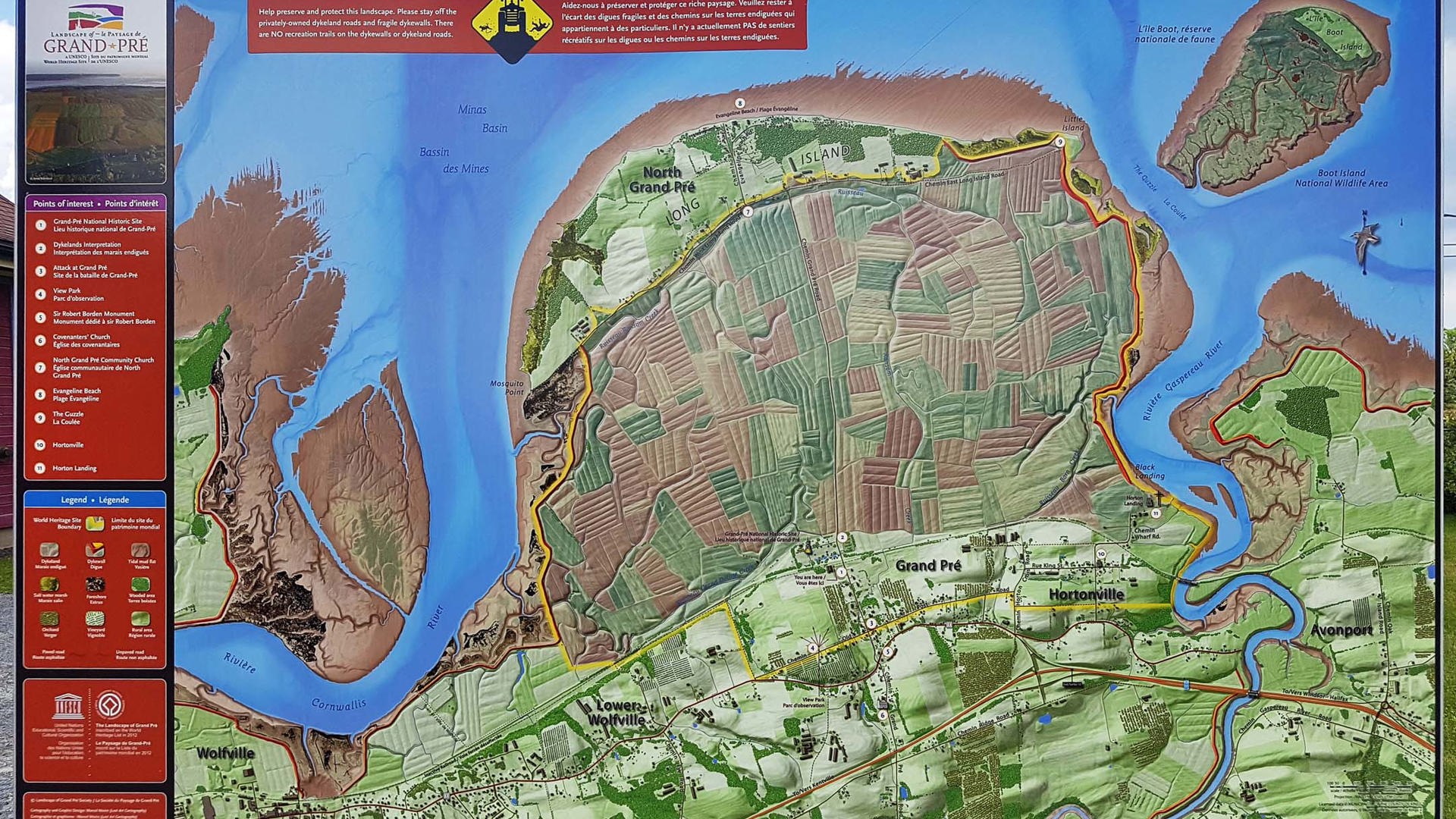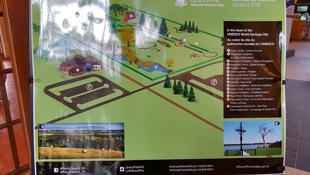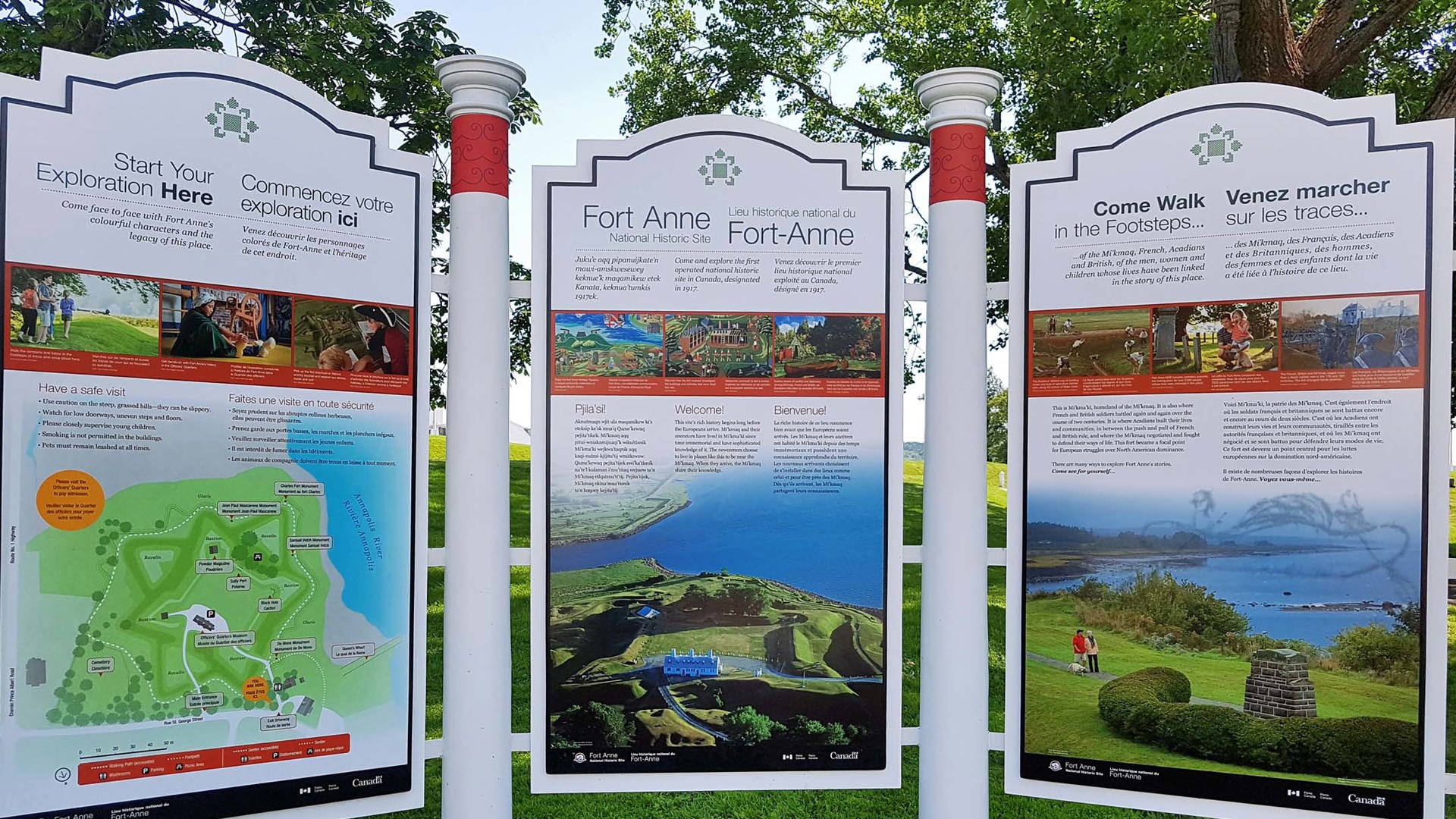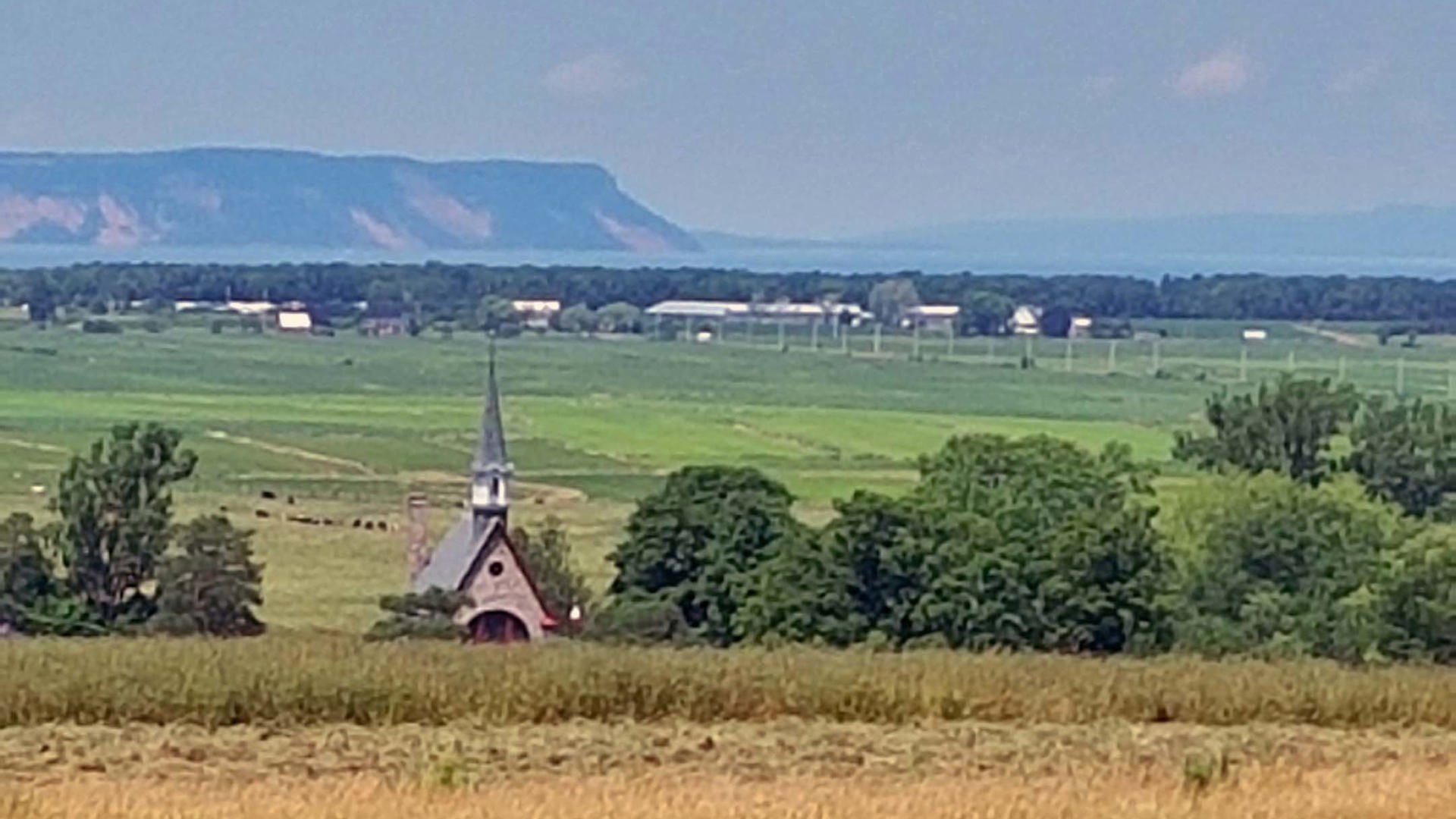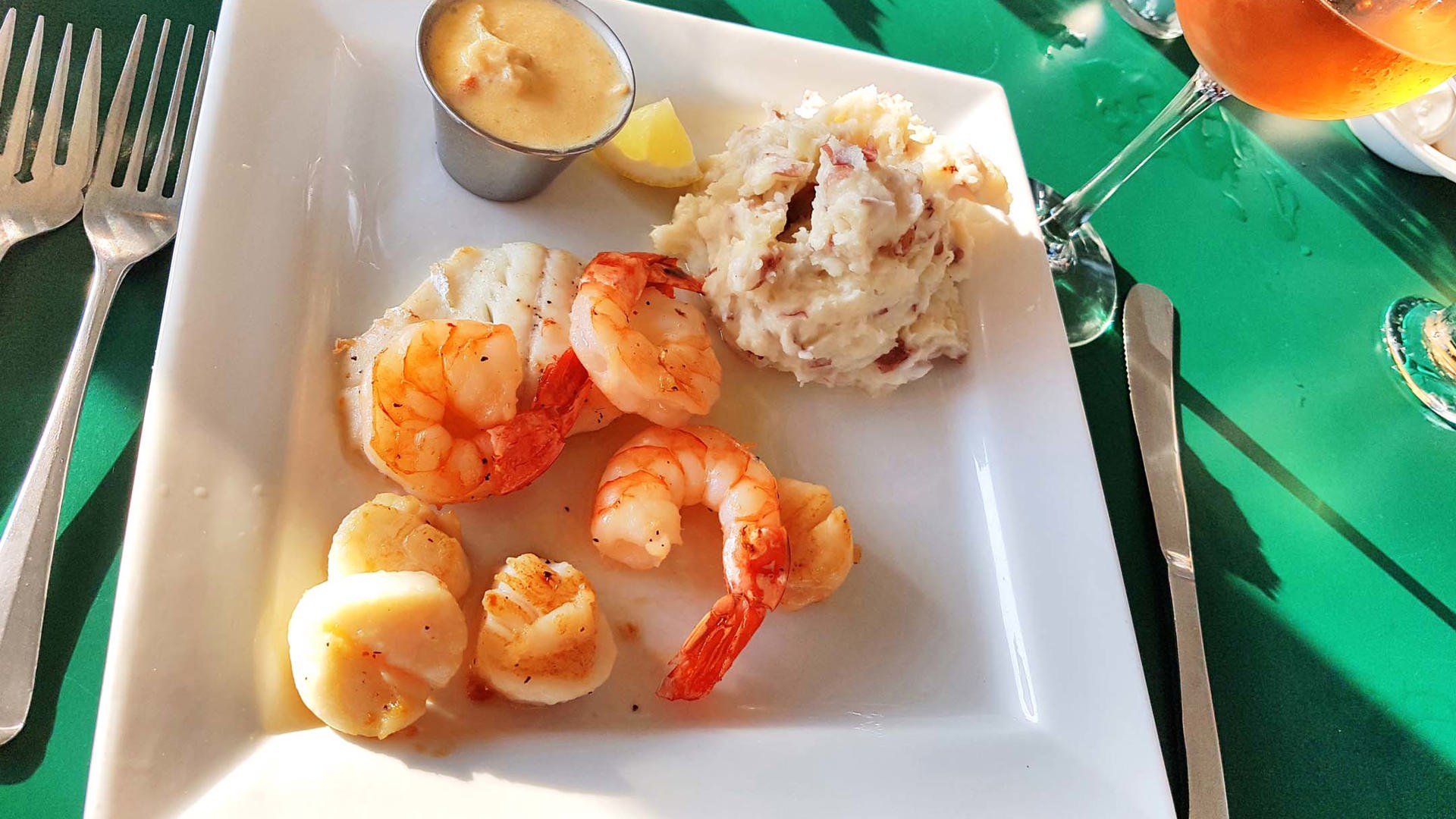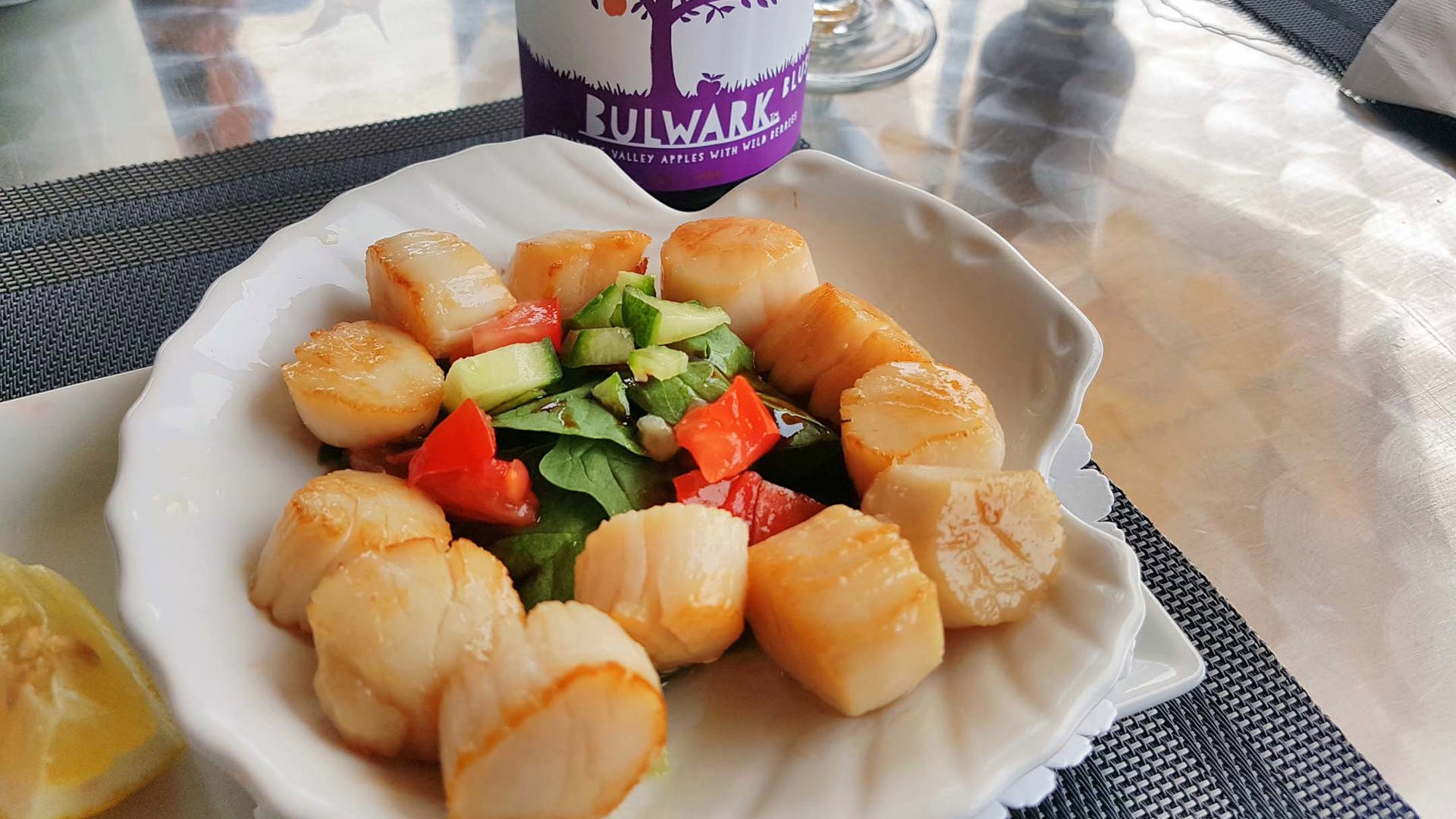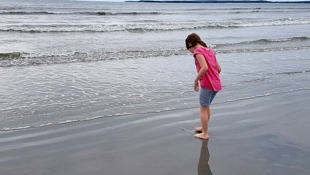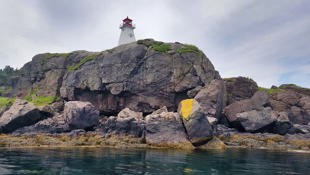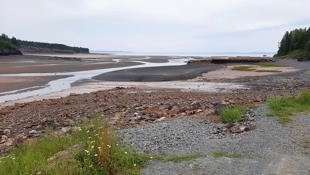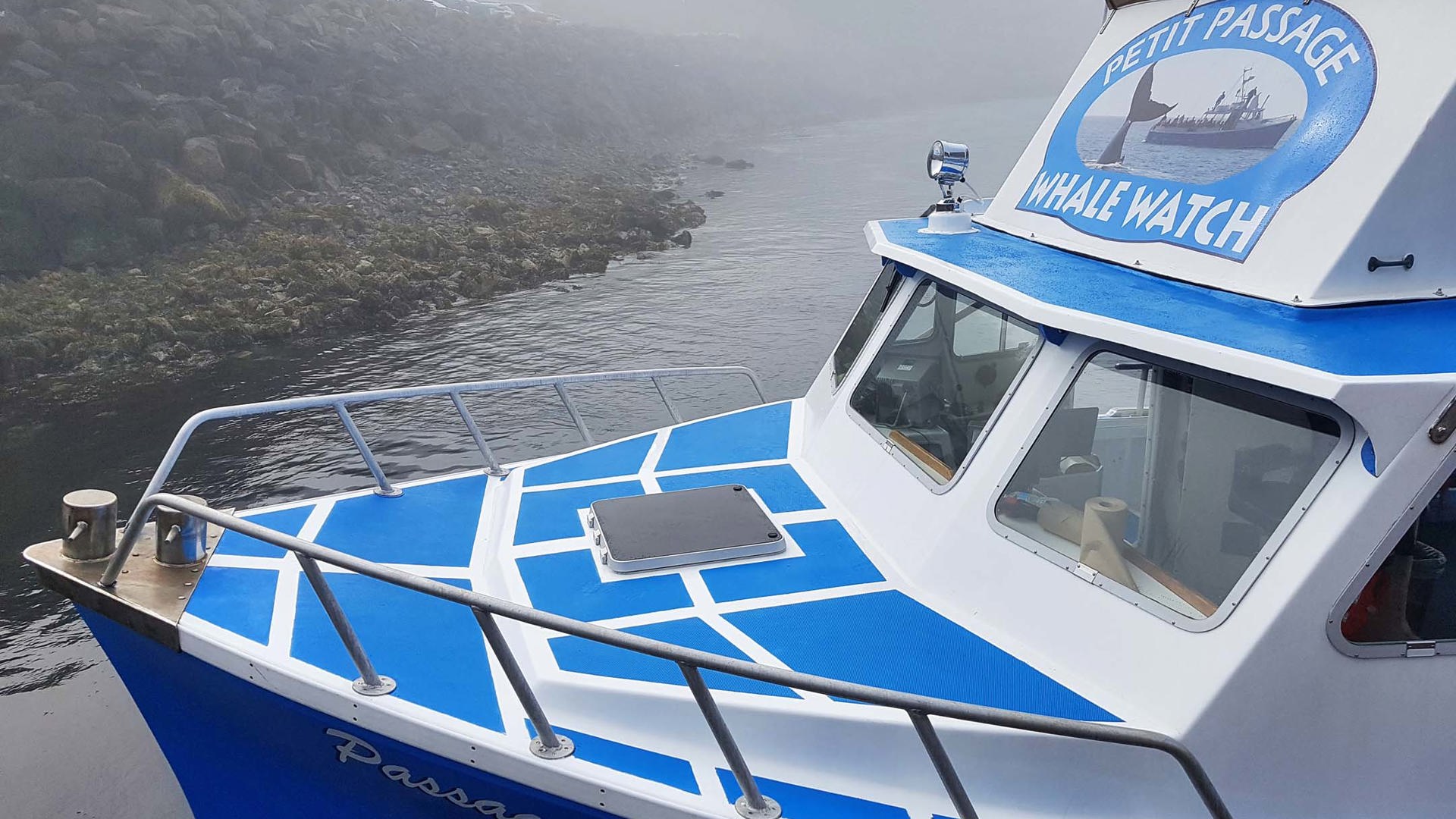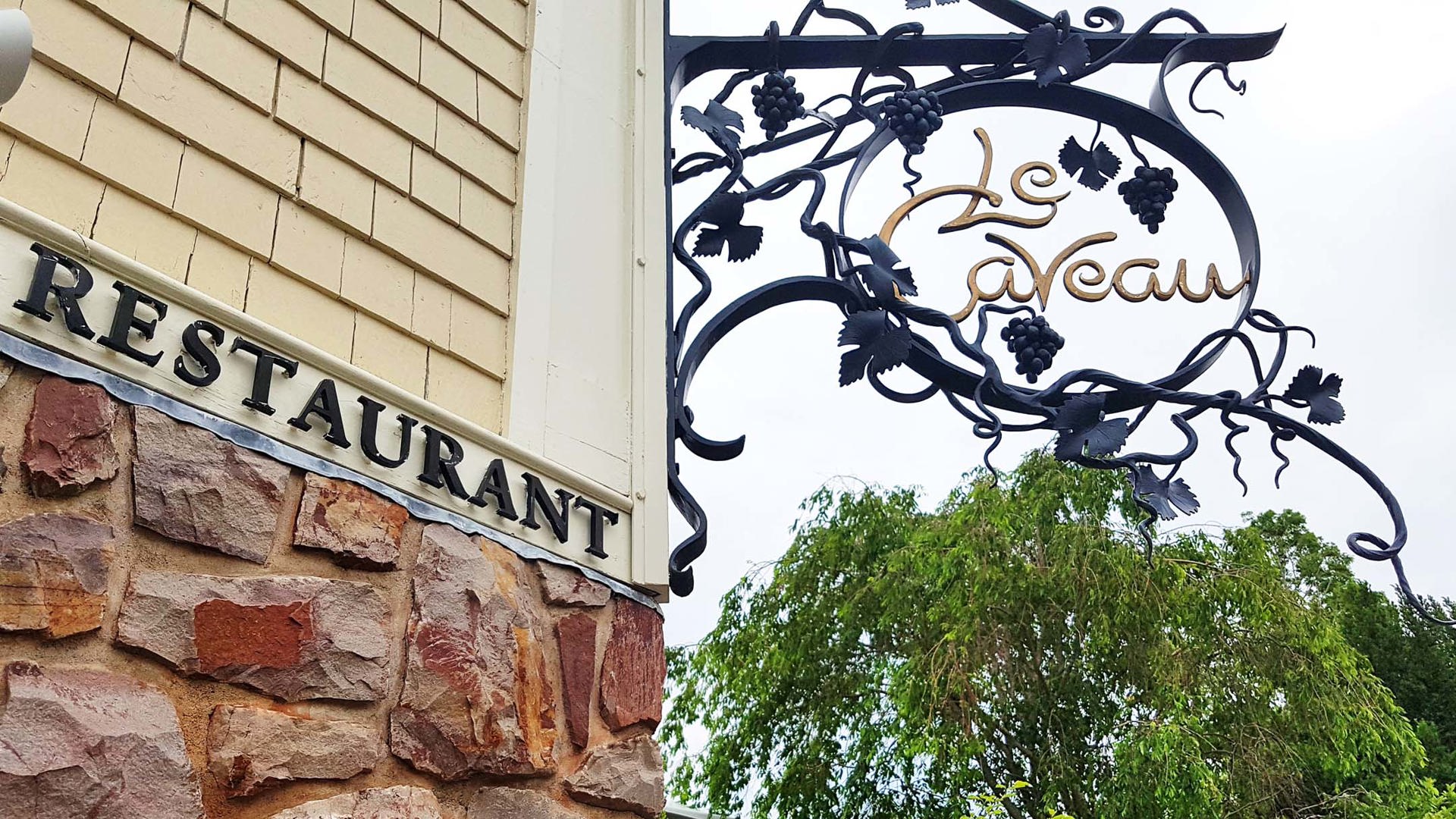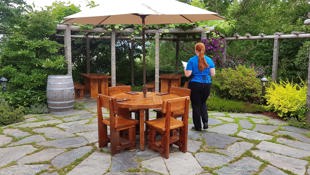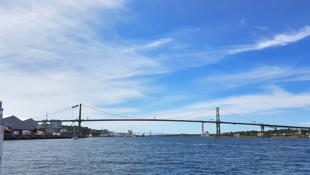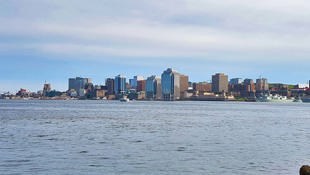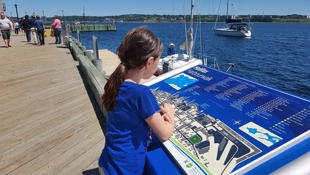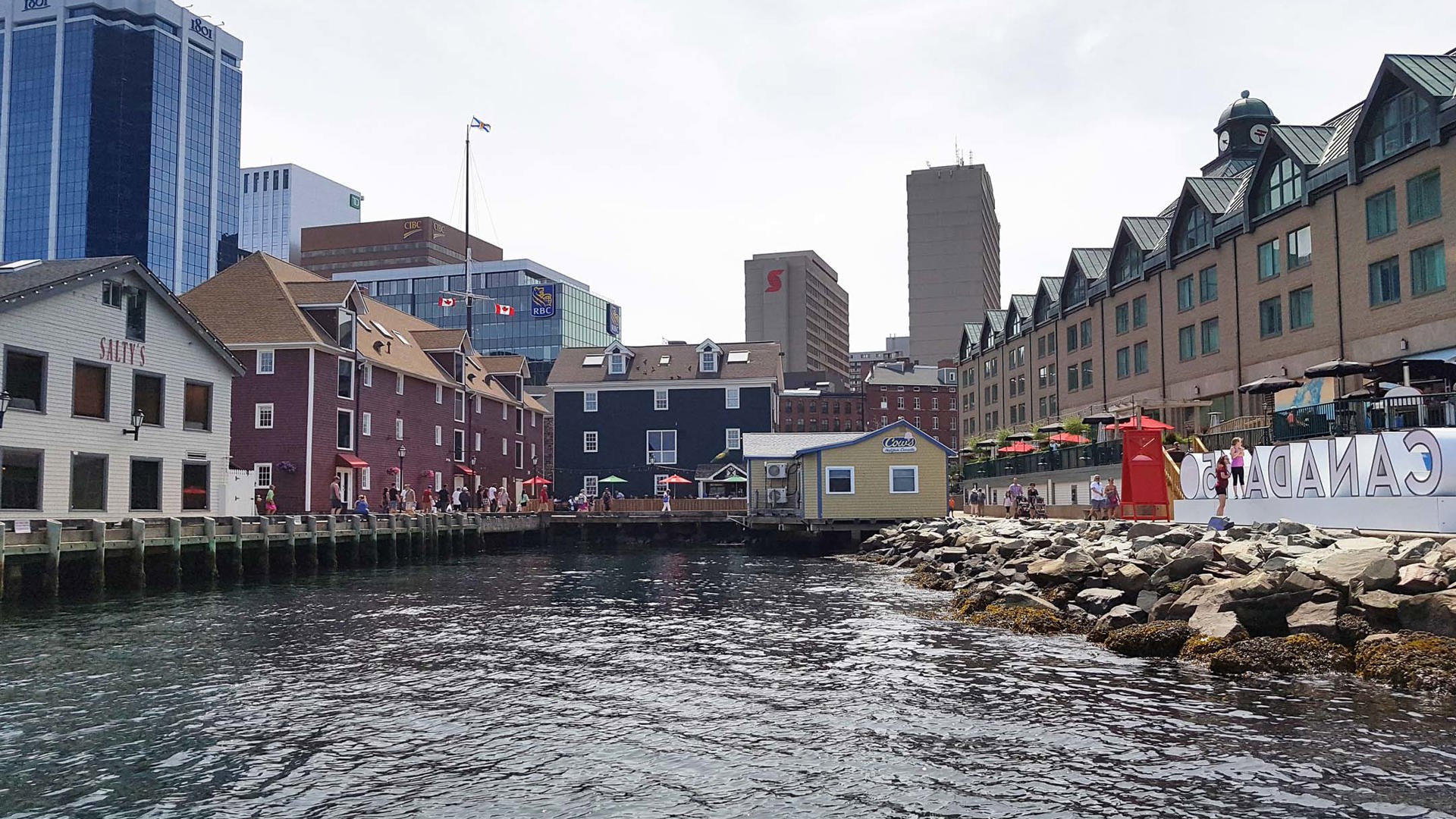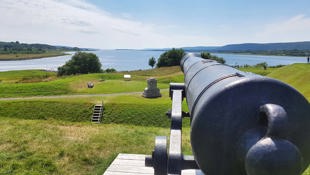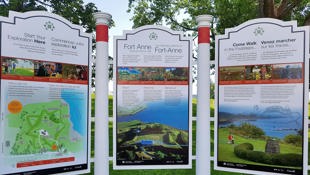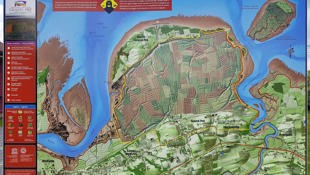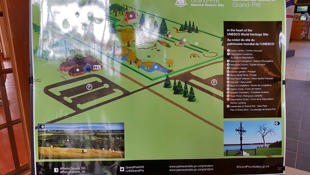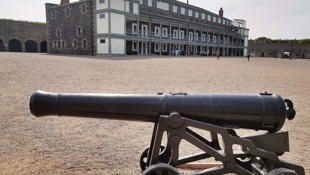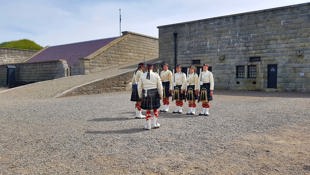With all the fuss about Canada’s 150th anniversary this year, plenty of Canadians are hitting the road to take in our country’s many legendary drives.
This means that social media is chock full of posts from people heading to Nova Scotia, hitting the province’s de facto travel hub in the town of Truro, and turning left toward Cape Breton Island and the Cabot Trail. And as well they should – there’s a reason it’s been called one of the most scenic drive routes on the planet.
But as my family and I planned to visit Nova Scotia this summer in a Ford F-250 Lariat Diesel, we realized that we didn’t know very much at all about what we would find if we turned right at Truro instead and explored the southwest portion of the province.

What we found is a destination that’s not only plenty scenic in its own right but also holds a treasure trove of activities to please travellers of all ages and interests. From historic villages to a warm and welcoming city, from the freshest seafood to perfectly paired local libations, southwest Nova Scotia stands out on its own as one of Canada’s premier road-tripping destinations.
We went in July, when the weather was pleasantly warm but the ocean was still a touch bracing. If you’re considering making a trip to celebrate Canada 150, there’s still plenty of time: the locals suggested that the autumn is the ideal season for a visit. Temperatures are still comfortable, but the bugs are gone and the turning leaves are a sight to behold.
Here’s a taste of what you can look forward to if you decide to see it for yourself.
A nature lover’s paradise
A circle tour of Nova Scotia’s southwest unlocks an immense variety of ecology to explore. We started on the Bay of Fundy and marvelled at the undulating sea bed as we tracked the rise and fall of the world’s highest tides, along with how the settlements around it have adapted to make the most of the bay’s natural flow.
The second half of our drive – roughly from where we turned back east after passing through the western tip of the province at Yarmouth – took us past miles upon miles of Atlantic seaside. We were delighted by the sheer volume of pristine, undisturbed vistas, and the endless selection of beaches where we seemed to have the whole ocean almost entirely to ourselves.
We set out one morning from Digby Pines Golf Resort and Spa – a gorgeous facility that’s much more family-friendly than the name lets on, by the way, with a pool, hiking trails, a playground, and even an giant outdoor chess board – to take part in a whale-watching tour with Petit Passage Whale Watch. As we climbed on the boat, one naïve passenger tried to hand her ticket to the captain. “Oh, we really only use those in case we need to give you a free ride because we don’t see any whales,” he said. “But we haven’t had to do that in a long time.”
It took roughly 10 minutes for him to pilot us out to his go-to spot, an underwater mountain that’s a key feeding ground. It wasn’t long before a humpback whale pulled up beside us and gave us a dazzling show. We followed it for over an hour as it danced in and out of the waves, and we saw it fully breach – twice! Seeing this enormous and majestic creature living happily and freely in its own habitat was an experience we’ll never forget. Add on the sightings of dolphins, sunfish, a seal colony, and much to my daughter’s delight, a lone puffin, and I can’t emphasize enough that this is something everyone who appreciates the beauty and wonder of the natural world needs to experience at least once.
To get the most out of your drive, it pays to stick with the smaller coastal routes. They’re slower going but the views are constant, and Nova Scotia’s roads are in better shape on average than in the rest of Atlantic Canada. We especially enjoyed the portion of the Glooscap Trail that runs between Truro and Wolfville – be sure to stop in at the Walton Lighthouse, which is lovingly maintained by local volunteers and offers a very genuine glimpse into daily East Coast life – and the loop created by Route 332 from just south of Bridgewater into Lunenburg. That said, time constraints forced us to bypass many more great loops. There are almost certainly even more gems waiting to be discovered.
World-class wine-touring
Don’t let the fact that you’ve never seen a Nova Scotia wine in your local store sway you. The Annapolis Valley produces world-class white wines and would make an excellent wine-touring destination. It also has a longer history than you might expect: the first vines were planted in the province in 1611 by French settlers.
Centred around Wolfville, you’ll find roughly a dozen different producers to visit within a reasonable driving distance. At Domaine de Grand Pré, you’ll also find Le Caveau, which was named one of the world’s 20 best winery restaurants by Wine Access Magazine. We enjoyed a delicious lunch of Moroccan-spiced local mussels on their gorgeous patio.
I was particularly enchanted by Domaine de Grand Pré’s L’Acadie Blanc, a varietal that’s grown almost exclusively in Nova Scotia (which I sampled after returning home, of course, as we were driving). I found it to be similar in character to a good Pinot Grigio in that it presents apple and pear flavours, but has far less astringency and a softer finish. It would pair very nicely with lightly prepared seafood.
I also fell for Benjamin Bridge’s Nova 7, which combines L’Acadie and Muscat grapes among others to create a lightly rosé and effervescent wine with a complex and refreshing flavour profile that’s perfect for sipping on the deck with friends on a hot summer day.
There are all kinds of oenophile joys to be found here. The only caveat is that red wine devotees are more likely to come away disappointed. While you’ll find a smattering of offerings, the region is too cold year-round to be suited to the robust flavours red-wine lovers gravitate toward.
Atlantic Canada’s largest city
If you grew up in the same era as I did, the Barenaked Ladies may have left you with the impression that Halifax isn’t an especially nice place. (“Hello city / You’ve found an enemy in me,” etc.)
Perhaps that was the case once upon a time. But if it was, it certainly isn’t true anymore.
Halifax’s harbourfront is absolutely stunning. By following the 3.8 km of boardwalk known as the Harbourwalk, you can spend hours strolling along the water’s edge perusing historic sites, museums, restaurants, playgrounds, and much more.
We hadn’t budgeted nearly enough time, so we took the Harbour Hopper tour bus to get a quick overview of what there is to see and do. Even if you’ll be there for days, this should be on your bucket list anyway – we learned a lot in a short time, and my daughter got such a kick out of it when the bus drove directly in the water and continued our tour in the harbour!
We ate fantastic food, window-shopped at the many street vendors, and my daughter had her face painted and played on a seaside playground. It didn’t take long to figure out that an afternoon and evening wouldn’t be nearly enough time to see everything we wanted to. Next time, we’ll budget for an afternoon at the Maritime Museum of the Atlantic to check out the Titanic exhibit, and we’ll go to the Canadian Museum of Immigration at Pier 21 to learn more about the international diaspora that formed the basis of our nation.
In other words, while I’d never really considered it before, hopping on a plane to return to Halifax for a weekend or more is now firmly on our radar as being a top-tier summer getaway.
Fascinating national historic sites
Early in Canada’s history, Nova Scotia was at the heart of the battle for supremacy between the French and the British with the Acadians and Mi’kmaq caught in the crossfire. The southwest of the province is home to several Parks Canada National Historic Sites that preserve this heritage in a manner that’s honest and informative.
At Grand Pré National Historic Site near Wolfville – which, truthfully, is worth visiting for its incredible views alone – visitors are immersed in what was once the epicentre of Acadian culture and learn how the early Acadians reclaimed an agriculturally rich parcel of salt marshes using a dyke and aboiteau system that was ahead of its time. There’s also a wealth of information about Le grand dérangement, the forced removal of the Acadians from these lands by the British in the mid-18th century.
Fort Anne, located in Annapolis Royal, is celebrating its 100th anniversary this year of being Canada’s first administered National Historic Site. It’s located at the mouth of the Annapolis River amid the rich lands of its valley, and it was fought over fiercely – there were 13 battles here and seven changes of hands between the Mi’kmaq, Scottish, French, and English.
In contrast, the fortifications now protected at Halifax Citadel National Historic Site in downtown Halifax were never attacked once. It has undergone constant evolution since it was established in 1749 and is remarkably well preserved – and its views of the city and harbour can’t be matched. If you can, go at midday to see the traditional firing of the noon gun.
All of these sites participate in Parks Canada’s Xplorers program, a fantastic initiative that helps kids get more engaged with our country’s natural and historic preservation efforts. My daughter completed an activity book at each location and left Nova Scotia with three collectible dog-tag necklaces. It makes me regret that we didn’t have time to get to Port Royal National Historic Site just a few minutes away from Fort Anne, or to Kejimkujik National Park and Historic Site, to get her a full set from the area. But it just means we’ll have to go back someday, which is tough to view as a hardship.
Amazing food
It probably shouldn’t come as a surprise that the seafood is incredible in an Atlantic province, but most of the meals we had still took my breath away.
At the Rum Runner Inn in Lunenburg, we started with scallops that had been caught by a boat we could see from our table on the patio overlooking the harbour and followed them with some of the best fish and chips I’ve had anywhere. The historic fishing village of Lunenburg is another must-see. It’s got the feel of Niagara-on-the-Lake in Ontario but has retained more of its authenticity – it’s not so overrun with big brands and commercialism. The horse-drawn carriage tour is expensive but worth every penny, especially if you only have an afternoon to spend.
At Ye Olde Argyler Lodge, a five-room bed and breakfast that we stayed in near Yarmouth, I had my first taste of creamed lobster, a delectable Acadian traditional dish, and the rustic rough-cut mashed potatoes transported me back to my childhood – they tasted exactly like the ones we used to eat on the same day they were picked from my grandfather’s garden.
In Digby, we learned why the local scallops are so famous: pink in hue and sweet and delicate in flavour, anything but the lightest of searing and seasoning overpowers their natural beauty.
Barely scratching the surface
We only covered about 800 km of driving in the Ford Super Duty truck over the four days we visited, but we decided very quickly that we could have spent twice as much time there and still not felt like we’d seen everything that Nova Scotia’s southwest has to offer. I know without doubt that one day its seas will call us back again to share in more adventures, and it can’t happen soon enough.
